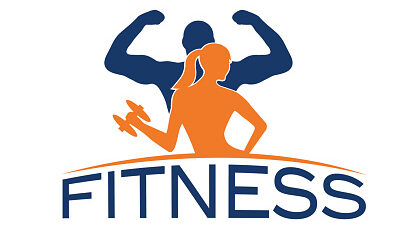Physical Therapy: The Gateway to Enhanced Mobility and Restored Physical Function
In a world that is in constant motion, mobility is an invaluable asset. Yet, injuries, disease, and aging can sometimes impede our physical function and movement. Enter the domain of physical therapy—a field of healthcare that is dedicated to empowering individuals to move better, reduce pain, and restore physical function, thereby improving their overall quality of life.
Understanding Physical Therapy
Physical therapy, also known as physiotherapy, is a health profession concerned with promoting mobility and function through the examination, evaluation, diagnosis, and physical intervention. Physical therapists (PTs) or physiotherapists are the skilled professionals who are trained to assess your condition and help you regain maximal functional mobility and independence.
Conditions Treated by Physical Therapy
Physical therapists work with a wide variety of patients, from infants born with musculoskeletal birth defects, to adults suffering from sciatica or the after-effects of injury or surgery, to elderly individuals with age-related conditions. Some common conditions that benefit from physical therapy include:
Orthopedic Conditions: These include sports injuries, fractures, joint disorders, and conditions requiring post-operative rehabilitation, such as knee and hip replacements.
Neurological Disorders: Stroke, Parkinson’s disease, multiple sclerosis, spinal cord injuries, and traumatic brain injuries can all benefit from physical therapy to improve function and independence.
Cardiopulmonary Conditions: Physical therapy plays a crucial role in rehabilitation after a heart attack, chronic obstructive pulmonary disease (COPD), and pulmonary fibrosis.
Pediatric Conditions: Children with developmental delays, cerebral palsy, spina bifida, or torticollis can gain improved mobility and function through physical therapy.
Approach and Techniques in Physical Therapy
Physical therapists use a variety of techniques depending on the patient’s needs and goals.
Manual Therapy: This involves hands-on techniques to manipulate the patient’s body tissues, mobilize joints, decrease pain, and increase flexibility.
Exercise Therapy: A range of therapeutic exercises are used to improve strength, range of motion, endurance, balance, and coordination.
Electrotherapy Techniques: These include methods like Transcutaneous Electrical Nerve Stimulation (TENS), ultrasound, laser therapy, and others to reduce pain and speed up the healing process.
Education and Training: Physical therapists provide education on disease or injury processes, management strategies, and therapeutic exercises to perform at home.
Conclusion
Physical therapy is more than just a treatment—it’s a journey towards regaining one’s ability to move and function in daily life. It provides the bridge between injury or illness and a return to daily activities, sports, work, and overall wellbeing. By empowering individuals to be active participants in their recovery, physical therapy embodies a holistic approach to healthcare, ensuring that each person can live their life to the fullest—free from pain, restriction, and disability.



